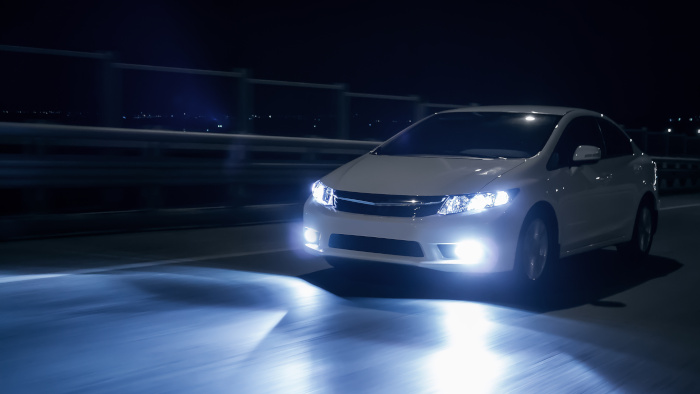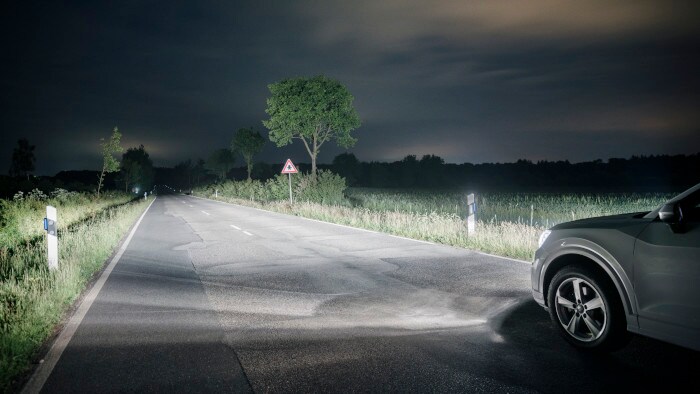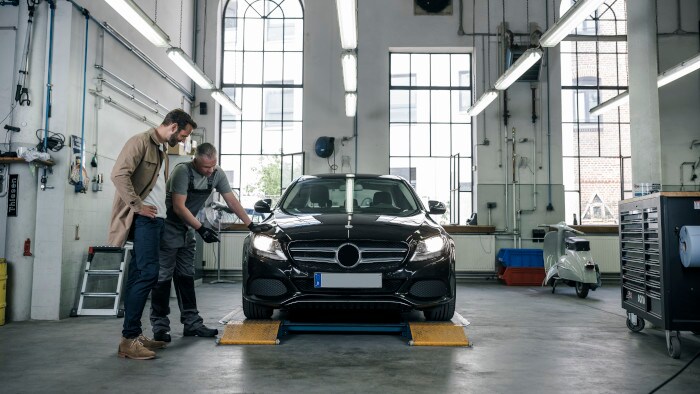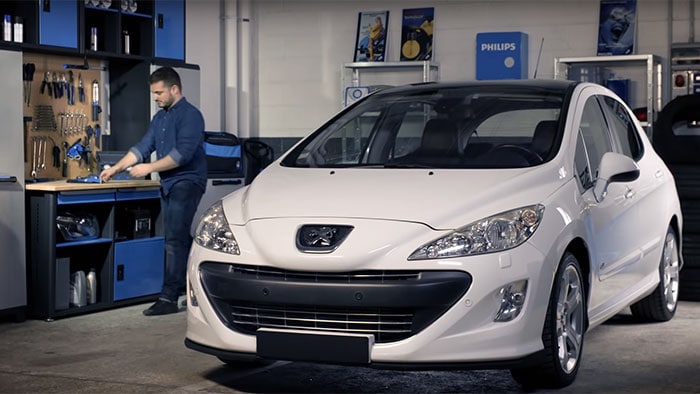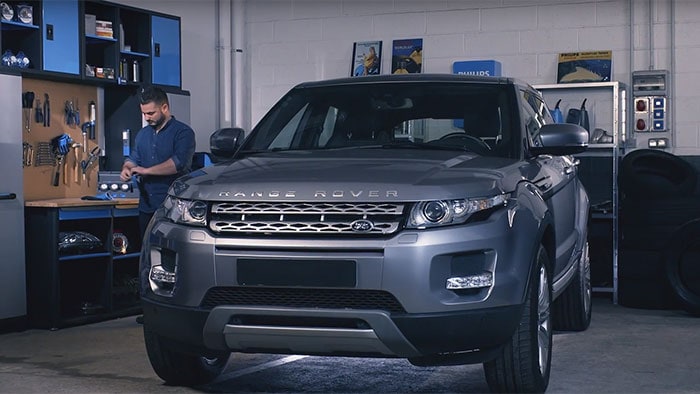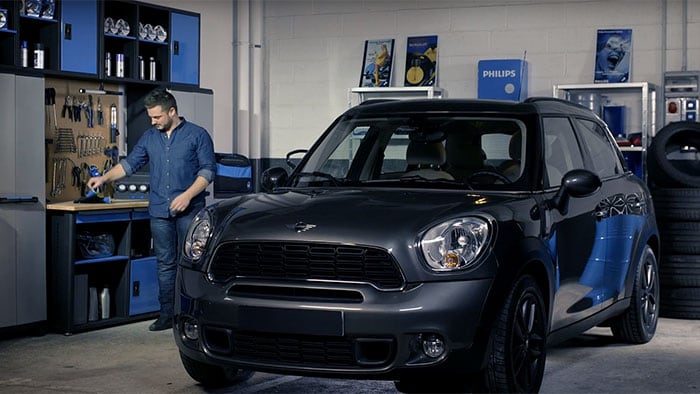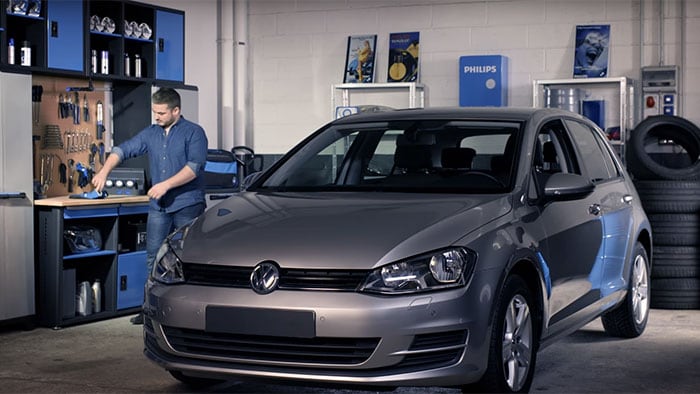Good bulbs, bad bulbs
Although you wouldn’t think so at first glance, headlight bulbs are high-precision products. While a normal household bulb distributes its light over a radius of just a few metres, a headlight bulb combined with the reflector has to transfer the light accurately onto the road at a distance much greater than 50 metres. You are about to find out why quality during production plays such an important role, and why poor-quality bulbs have a significant influence on traffic safety — even if they carry E-mark approval. Halogen headlight bulbs are manufactured and approved in accordance with the legal requirements (ECE R37). The specifications include the permitted luminous flux in lumen, the electrical power consumption and, of course, all the dimensions from the glass bulb itself to the base. This specification aims to ensure, for example, that every approved H7 bulb fits in every headlight intended to be used with a H7 bulb and that the combination provides the correct light beam.
What makes a good halogen bulb?
Requirements from ECE R37
Figure 1: Good bulb geometry, with the filament at the exact focal point of the headlight The graphic shows a simplified diagram of the beam path of a headlight with a parabolic reflector. The beams are only emitted in parallel if the filament is located at the exact focal point. It goes without saying that the bulbs produced by brand manufacturers such as Philips, who also supply original equipment, meet the stringent requirements of ECE R37 — and their in-house specifications are often even stricter. This takes high-precision manufacturing processes and extremely stringent quality assurance inspections. Comparison tests carried out by motoring journals repeatedly demonstrate that many bulbs manufactured using cheap production techniques fail to meet these high standards, with errors in the geometry being the main problem. The result is an imprecise light beam, a range that is far too short, or glare (represented in the two images using the parabolic reflector). If the filament is too far from the reflector, the light beam is too short; if it is too close, this creates glare.
In addition to the flux, the geometry of the bulb is particularly important. In modern free-form headlights, the light from the filament is focused on the road using differently aligned reflective elements. This system can only function properly if the filament is in exactly the right location. The permitted tolerance for the position of the filament in a H7 bulb is just 0.2 mm — always in relation to the adjusting ring that seats the bulb in the headlight.
Distinguishing between good and bad bulbs
Figure 2: Bad bulb geometry — filament outside the focal point, light beam too short
Figure 3: Bad bulb geometry — filament outside the focal point, glare This type of bulb frequently also has a particularly strong or shiny coating, and the packaging often promises a particularly high colour temperature. The fact that the light may be ineffective or, in the worst case scenario, that the bulb may create a dangerous level of glare is unfortunately of little interest in these cases. A bird’s-eye view of the light beam Differences in the dipped beam are actually visible from a bird’s-eye view, which demonstrates the asymmetric light distribution that the headlight casts onto the road in colour. This is a very good way of comparing the range of the light beam with different bulbs.
Figure 4: Illuminating the road with a good H7 standard bulb
Figure 5: Illuminating the road with a very bad H7 standard bulb The graphics use the example of a good H7 standard bulb compared with a particularly bad one. The bad bulb “deforms” the light beam to the point where the characteristic, asymmetric light distribution can no longer be recognised at all. What’s more, this cannot be corrected by adjusting the headlight. In this case, the difference in the range on the outer edge of the carriageway is more than 50 metres; in a serious case, this would not leave enough time to react properly. In comparison with the stronger light from an X-tremeVision bulb, the difference is even greater. Why can bad bulbs still carry an E-mark? There is still the issue of why some bulbs can carry an E-mark and yet perform very poorly in the comparison test. Before a bulb can be approved, the manufacturer is required to have five samples tested in a testing laboratory and then apply for approval from the relevant authority in an ECE member country. Unfortunately, the manufacturer is then responsible for ensuring that ongoing production continues to deliver products that match what was initially approved. This is referred to as “conformity of production”, and many cheap suppliers fail to adhere properly to this during subsequent production. To summarise, for safety-related parts like car bulbs, we can only advise that you choose products from brand manufacturers who also supply original equipment. At least you are then erring on the side of caution.
You might also be interested in:
-
![Lighting and Signaling]()
Lighting and Signaling
Click here to learn more -
![Bright connections]()
Bright connections
Click here to learn more -
![Improve your lights]()
Improve your lights
Click here to learn more -
![Change bulbs in pairs]()
Change bulbs in pairs
Click here to learn more
Find the right bulb for your car
Guide to finding the right bulb
Discover more

Where to buy
Purchase Philips Automotive products online or at a store near you
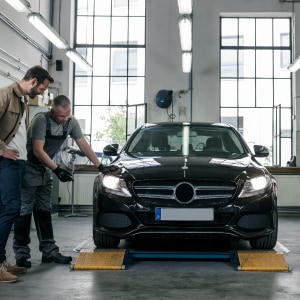
Automotive Support
Do you need a replacement Philips headlights for your car?
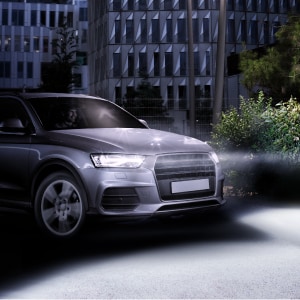
Philips product authenticity
Philips highest priority to provide maximum satisfaction for customers who buy genuine Philips products
How to replace your headlights?
How to replace headlight bulbs on your Peugeot 308
How to replace headlight bulbs on your Range Rover Evoque
How to replace Mini Cooper Countryman headlight bulbs
How to replace headlight bulbs on your Volkswagen Golf VII
